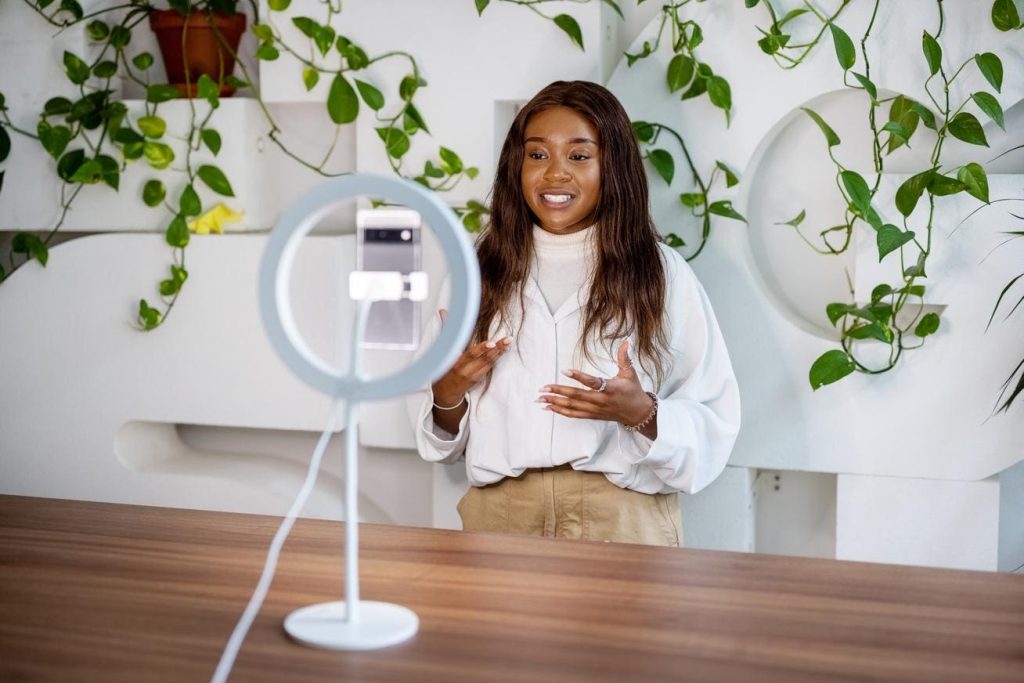Warren Jolly is CEO of adQuadrant, a leading digital marketing company, and has overseen more than $500 million in ad spending.
Since the nascent days of influencer marketing, the concept has been simple: Brands deliver an experience or message through a creator who is perceived as more valuable than traditional advertising.
As influencer culture has exploded, the industry has shifted dramatically. Suddenly, there are more creators and advertisers than there are impressions to go around. As the various social media platforms have grown, they demand monetization from brands to access their target audiences and beyond, essentially restricting the odds for organic reach.
Today, with an overwhelming number of creators and an increasingly fickle consumer audience inundated by content, the future effectiveness of influencer marketing is understandably in question. Is organic reach still possible? Yes, but it’s extremely limited and progressively rare. I believe the solution lies in pairing the right creator with paid media.
A New Model
Right now, the top platforms have their own self-serve partnership ad programs that work in congruence with brands and creators, including Spark Ads on TikTok, BrandConnect on YouTube and Partnership Ads on Meta. By paying the respective platform to run ads linked to native creator accounts, the brand benefits from entertaining creator content that looks organic but has platform support that boosts visibility, encourages brand engagement and increases reach. The content remains authentic to the creator, while the brand leverages it to connect with the creator’s audience, who can instantly follow the brand with one click on the creator’s post. This is a strategy I’ve used with great success to help a number of household names amplify their influence.
As these in-platform services continue to evolve and expand their features, it will be exciting to see how they’ll further enhance the value of brand-creator pairings.
Another benefit of platform ad programs is that they’re official creator marketplaces, which offer brands the opportunity to search for in-app influencers who best meet their needs in terms of identity, content and performance numbers.
The caveat to limiting your search to creator marketplaces is that the talent has, of course, already established themselves as influencers. Personally, I think there’s significant value in independently researching for creators who aren’t necessarily “influencers” yet but are organically making influential content and speaking to an audience you want to reach.
Effective Influencer Marketing
For an influencer campaign to succeed, brands need to map out exactly who their desired consumer group is and then match that buyer persona with a creator who genuinely believes in the brand and aligns with its creative and analytical goals. That might mean searching through all the posts in a hashtag to see who’s talking about the topic in an authentic way. Doing this kind of due diligence yourself as a user on the platform is really the best way to determine their relevancy. Generally, influencers create personas or constructs that express who they are and what they’re passionate about.
Brands also need to understand that influencer content shouldn’t be comparable to ads or commercials. Creators should be allowed a reasonable amount of freedom to lead the narrative. For example, you could strategize ways to marry your research to their content and then determine a theme that works for both parties. As long as they stay within that agreed-upon theme, you need to give them the flexibility to showcase it in a way most effective and authentic to their style.
In addition to moving toward a seamless blend of organic and paid content, platforms are starting to reward live content in a way that hasn’t interested them before. When an influential creator promotes upcoming live content, they can draw users to their live stream and communicate directly with their audience without a moderator. It’s an influencing trend that Gen-Z—who, as consumers, prefer real interactions over polished content—are eagerly starting to engage in. Right now, live content is still new and a little scary, but that’s also a combination that often leads to brands being first in their category to enjoy success by being bold enough to experiment with it. Test it out, spend time under the live construct, and understand how brands outside of your category are having success with it. You have to be a student.
At the end of the day, people want to buy from people. If you think about it, the influencer market is not new to the advent of social media or even the Internet. Lucille Ball was doing brand sponsorships 70 years ago. Influencer marketing will always be around and will evolve in nature as the mediums of consumer consumption evolve as well.
Forbes Business Council is the foremost growth and networking organization for business owners and leaders. Do I qualify?
Read the full article here










